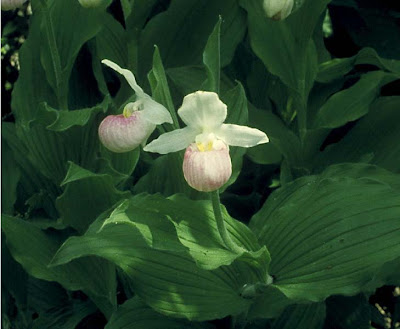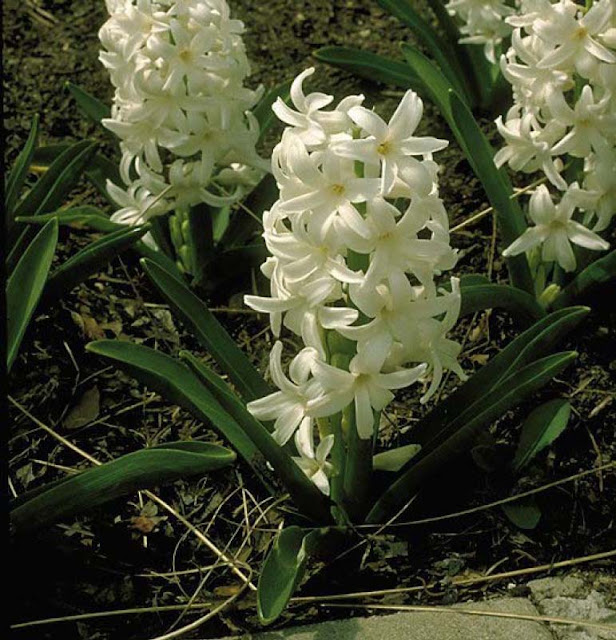Tradescantia x 'Little Doll'
Spiderwort
Spiderwort
Type Perennial
Hardy range 3A to 9A
Height 8" to 10" / 20cm to 25cm
Spread 18" to 24" / 45cm to 60cm
Growth rate Average
Form Upright or erect
Exposure Partial shade or partial sun to full sun
Hardy range 3A to 9A
Height 8" to 10" / 20cm to 25cm
Spread 18" to 24" / 45cm to 60cm
Growth rate Average
Form Upright or erect
Exposure Partial shade or partial sun to full sun
Bloom Color Blue
Bloom Time Spring through Fall
Bloom Time Spring through Fall
Environment
This plant tolerates occasional wetness.
This plant will grow in moist to wet soil.
Suitable soil is well-drained/loamy.
The pH preference is a neutral soil.
This plant tolerates occasional wetness.
This plant will grow in moist to wet soil.
Suitable soil is well-drained/loamy.
The pH preference is a neutral soil.
Leaf Color Green
This plant has attractive foliage.
This plant has attractive foliage.
Culture Notes
Although this plant's blooms last for only a day, they do not need to be deadheaded as one should do with the daylily. However, cutting back its stems in mid summer makes its grass-like foliage neater in appearance and encourages reblooming in the fall. Flowers will close in the evening. Division can be done in the spring and stem cuttings can be taken and rooted in the summer. Seed can be allowed to drop to form new plants. 'Little Doll' makes an excellent edging plant, due to its compactness.
Normally all buds are closed by late afternoon. Divide to control the spread of this plant in early spring or autumn.
Although this plant's blooms last for only a day, they do not need to be deadheaded as one should do with the daylily. However, cutting back its stems in mid summer makes its grass-like foliage neater in appearance and encourages reblooming in the fall. Flowers will close in the evening. Division can be done in the spring and stem cuttings can be taken and rooted in the summer. Seed can be allowed to drop to form new plants. 'Little Doll' makes an excellent edging plant, due to its compactness.
Normally all buds are closed by late afternoon. Divide to control the spread of this plant in early spring or autumn.



























